Gluten-Free Donuts
5.0
(19)
Your folders
Your folders
Prep Time: 30 minutes
Cook Time: 20 minutes
Total: 3 hours, 50 minutes
Servings: 16
Author : Sarah Menanix

Ingredients
Export 18 ingredients for grocery delivery
Instructions
Step 1
Activate the yeast. In the bowl of your stand mixer fitted with the paddle attachment (see note), mix together the warm milk, sugar, and yeast. Let sit for 10 minutes while the yeast activates and foams. Note: If your yeast hasn't foamed up after 10 minutes, you may have bad yeast and you should try again with a new packet.
Step 2
Mix dry ingredients. In a medium bowl, whisk together all of the dry ingredients. For the oat flour version: oat flour, millet flour, sweet rice flour, tapioca flour, xanthan gum, kosher salt, and baking powder. For the almond flour version: tapioca flour, brown rice flour, almond flour, corn starch, xanthan gum, kosher salt, and baking powder.
Step 3
Make the dough. Once the yeast has foamed, add the eggs, melted butter, vanilla, and about 1 cup of the dry mixture to the stand mixer and mix until completely smooth, scraping down the sides as needed. With the mixer on low, slowly mix in the remaining dry ingredients, scraping down the sides as needed. Mix on high speed for 2 minutes. The dough will be very soft and sticky.
Step 4
Toss in tapioca flour. Coat your work surface well with tapioca flour. Use a spatula to dump the dough onto your work surface. Sprinkle more tapioca flour on top of the dough and ensure your hands are coated in tapioca flour before touching the dough. This dough is much softer and sticker than gluten dough. Gently form the dough into a ball with the surface of the dough entirely dusted with tapioca flour so it is no longer sticky. NOTE: If you're doing a make-ahead overnight fridge proof, skip step 5 and immediately cut out your donuts.
Step 5
Let the dough rise. Transfer the dough to an oiled glass bowl. Cover with plastic wrap and let rise in a warm place for 2 hours, until doubled in size. I use the proof setting in my oven.
Step 6
Cut out your donuts. Dust your work surface well with tapioca flour before dumping the dough onto the surface. Again ensure your hands are coated in tapioca flour before touching the dough. Press the dough into 1/2 - 3/4 inch thickness and cut out your donuts and/or donut holes. Any size works - I use 3-3.5-inch cutters. Use a bench scraper to transfer each donut to a parchment-lined baking sheet. Knead the scraps back into a ball and repeat until you've made all the donuts.
Step 7
Let the dough rise again. Cover with plastic wrap and let rise for another hour.
Step 8
Prepare the glaze. Whisk together the glaze ingredients until smooth.
Step 9
Fry the donuts. Heat at least 2 inches of oil to 360°F - this is a bit cooler than normal frying temperature because the gluten-free dough needs to cook just a little longer and you don't want the outside to get too dark in the process. Use a candy thermometer to keep the oil at a consistent temperature. Place a wire rack over a baking sheet. Carefully drop your donut face down into the oil. Fry 3-4 donuts at a time, 2 minutes on each side, until golden brown. Transfer to the prepared rack to cool slightly for 3-5 minutes. Repeat.
Step 10
Glaze the donuts. When you finish frying the next batch, dunk the previous batch of slightly cooled donuts into the glaze on both sides. Place back on the wire rack. The glaze will set after about 20 minutes. If you've got sprinkle-loving kids, add sprinkles right after you glaze the donuts before it sets. For sugar donuts, see notes.
Step 11
Enjoy! For best results, serve donuts the same day. If you have leftovers, you can store them lightly covered at room temperature for up to a day. Reheat for 8-10 seconds in the microwave before enjoying. Day-old donuts will be less fluffy inside and will lose their crispness.
Top similar recipes
Curated for youYour folders
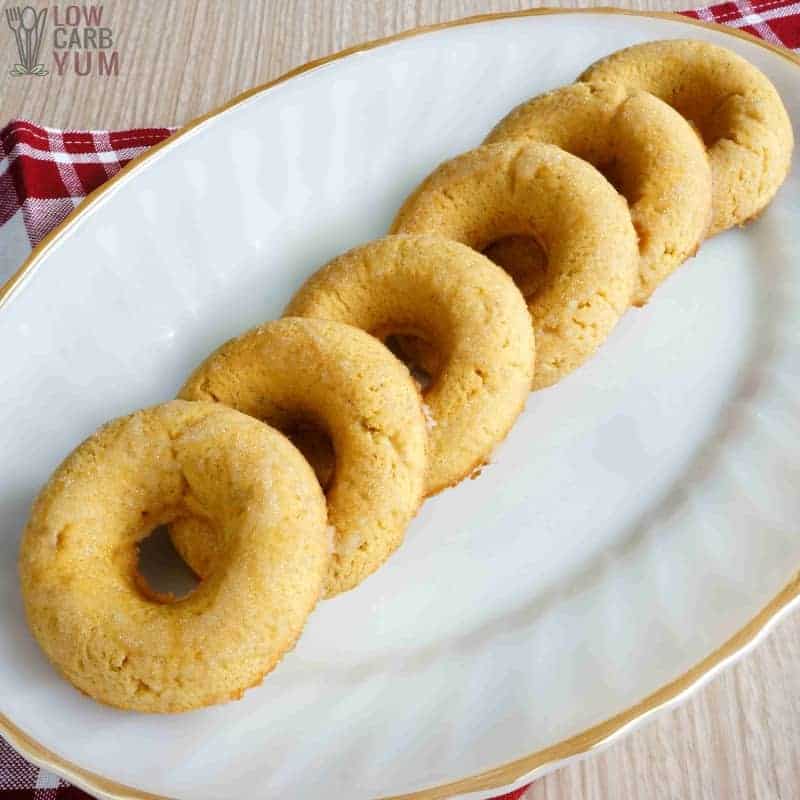
 247 views
247 viewsSugar-Free Gluten Free Donuts
lowcarbyum.com
4.5
(4)
20 minutes
Your folders
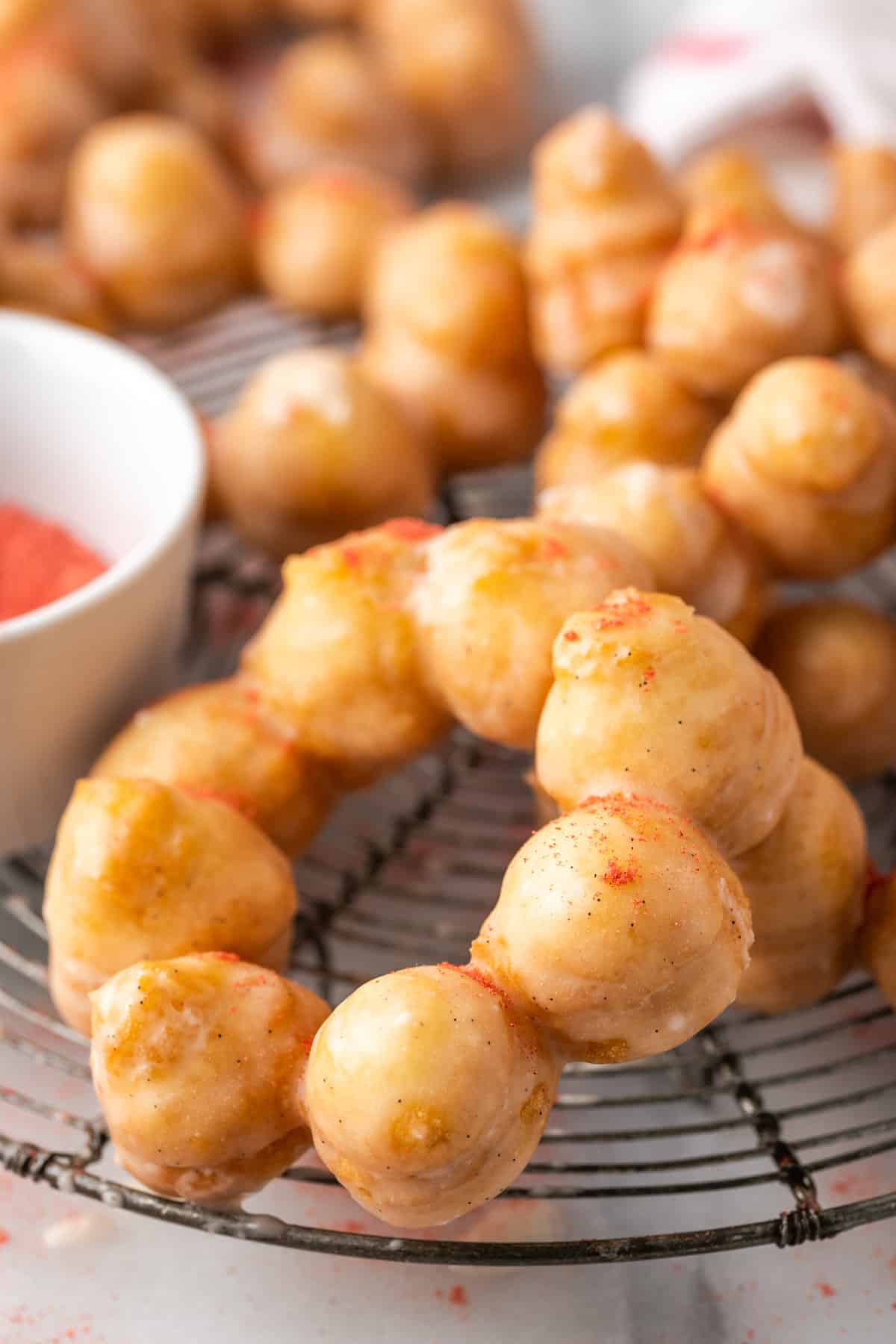
 219 views
219 viewsGluten Free Mochi Donuts
cupcakesandkalechips.com
5.0
(2)
20 minutes
Your folders

 349 views
349 viewsVegan Gluten-Free Donuts
namelymarly.com
5.0
(3)
15 minutes
Your folders

 239 views
239 viewsGluten Free Lemon Blueberry Donuts
gfjules.com
4.5
(19)
10 minutes
Your folders

 822 views
822 viewsIncredible Gluten Free Yeast Donuts
letthemeatgfcake.com
4.4
(45)
3 minutes
Your folders

 230 views
230 viewsBaked Pumpkin Donuts - Gluten Free
pinchmegood.com
5.0
(1)
15 minutes
Your folders
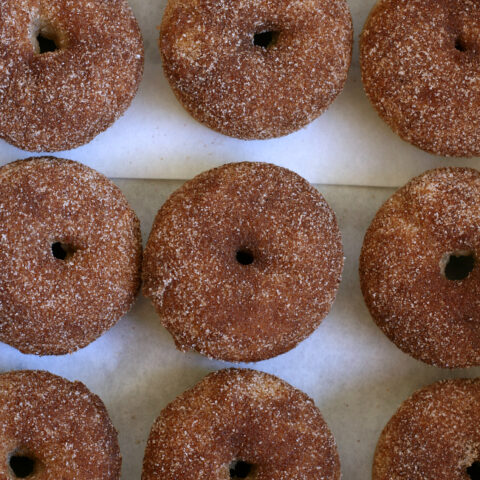
 361 views
361 viewsGluten-free Cinnamon Sugar Donuts
mygluten-freekitchen.com
4.6
(210)
7 minutes
Your folders
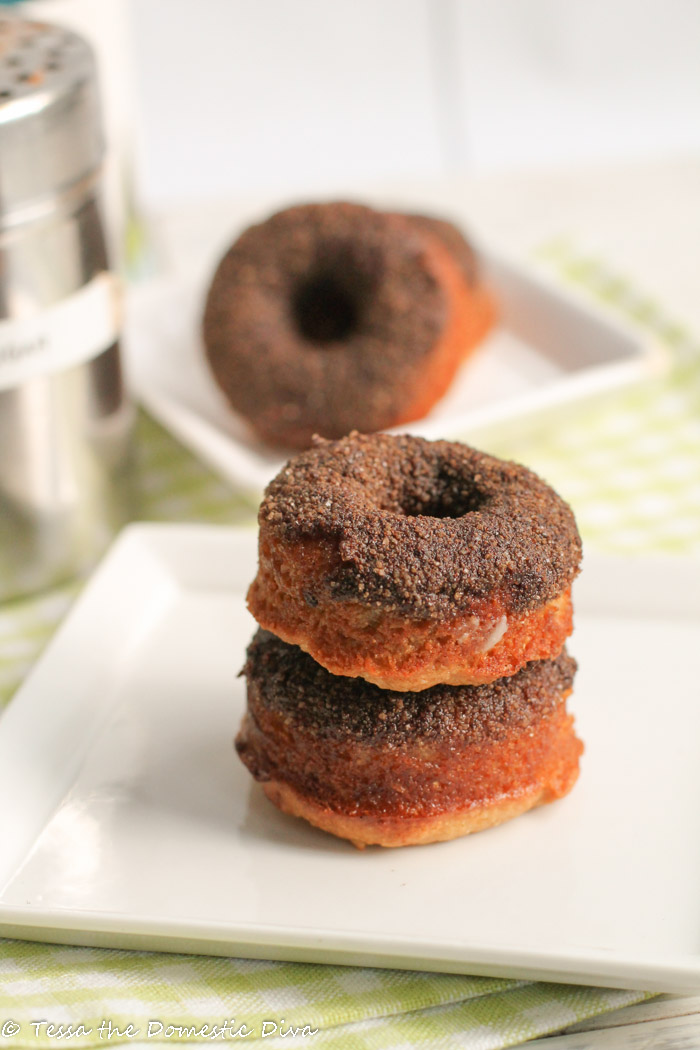
 298 views
298 viewsGluten Free Vegan Cake Donuts
tessadomesticdiva.com
5.0
(3)
12 minutes
Your folders
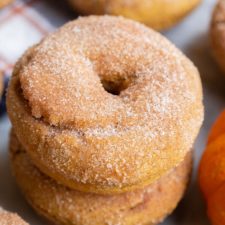
 174 views
174 viewsBaked Gluten Free Pumpkin Donuts
shelikesfood.com
20 minutes
Your folders

 210 views
210 viewsPumpkin Donuts (Gluten & Dairy-Free...
thehealingconnective.com
15 minutes
Your folders

 76 views
76 viewsGluten Free Cinnamon Sugar Donuts
hellofrozenbananas.com
5.0
(11)
12 minutes
Your folders

 375 views
375 viewsGlazed Blueberry Donuts | Gluten Fr...
ournourishingtable.com
12 minutes
Your folders

 499 views
499 viewsRaspberry Glazed Cake Donuts (Glute...
theloopywhisk.com
12 minutes
Your folders
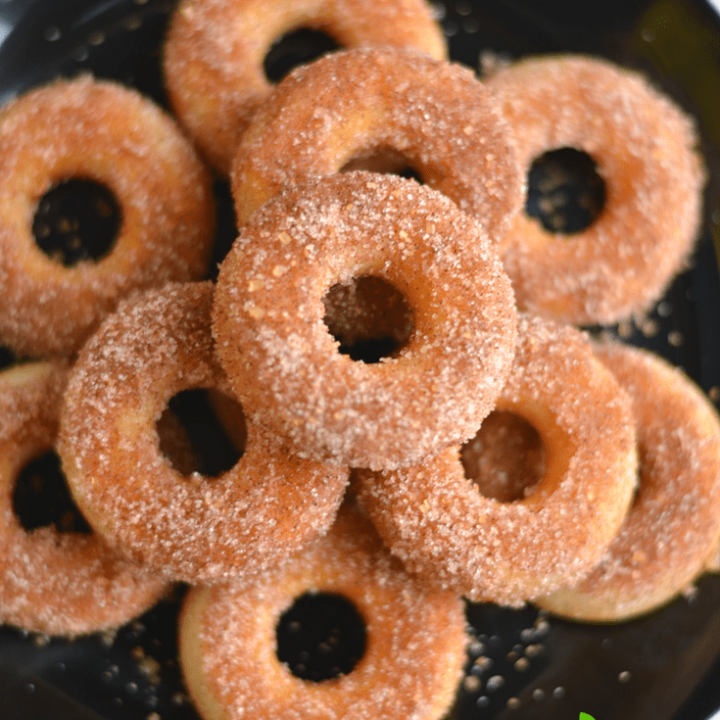
 206 views
206 viewsMini Churros Donuts ( Gluten-free+V...
thebellyrulesthemind.net
4.4
(119)
15 minutes
Your folders
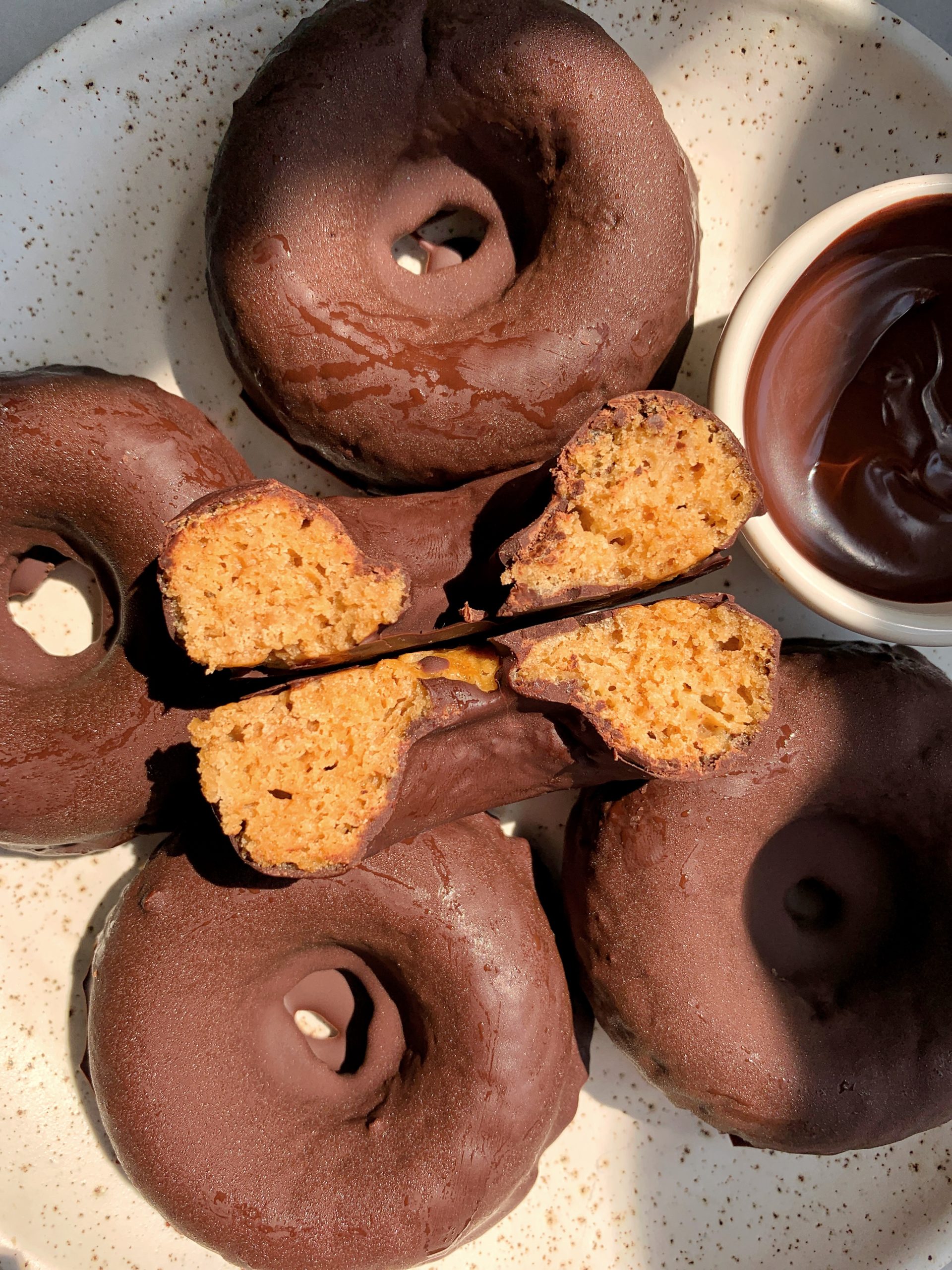
 178 views
178 viewsGluten-free Copycat Entenmann's Fro...
rachlmansfield.com
5.0
(10)
15 minutes
Your folders

 230 views
230 viewsChewy & Crispy Mochi Donuts (Gluten...
thesubversivetable.com
4.9
(9)
10 minutes
Your folders

 300 views
300 viewsGlazed Yeast-Raised Gluten Free Don...
glutenfreeonashoestring.com
4.8
(68)
Your folders
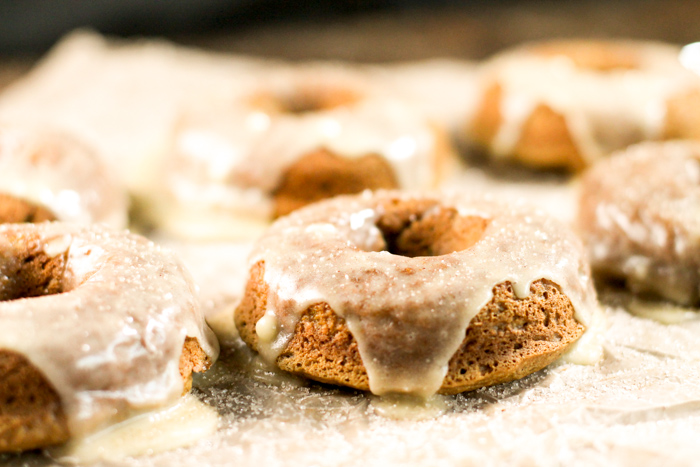
 172 views
172 viewsGluten Free Vegan Baked Pumpkin Don...
tessadomesticdiva.com
4.9
(8)
10 minutes
Your folders

 237 views
237 viewsVegan Chocolate Donuts (Gluten-free...
thevegan8.com
5.0
(31)
8 minutes